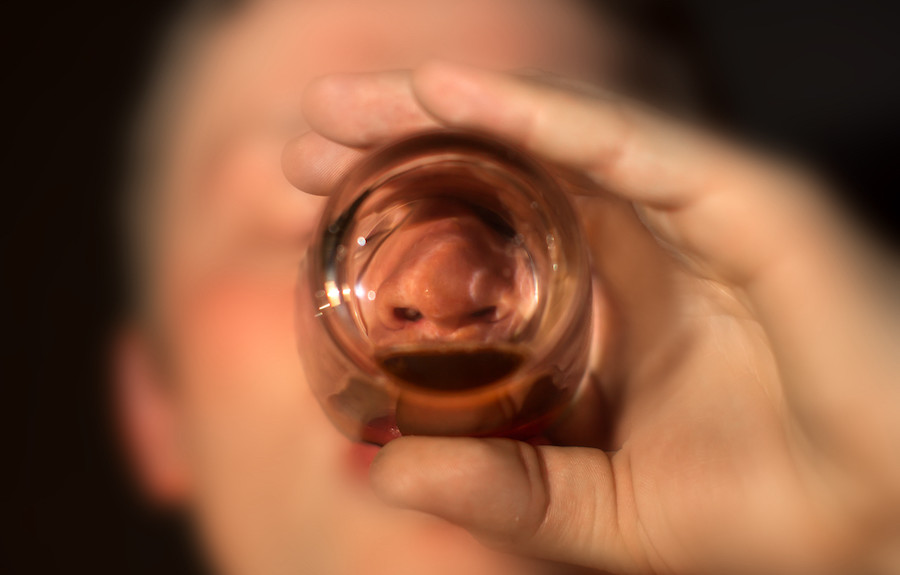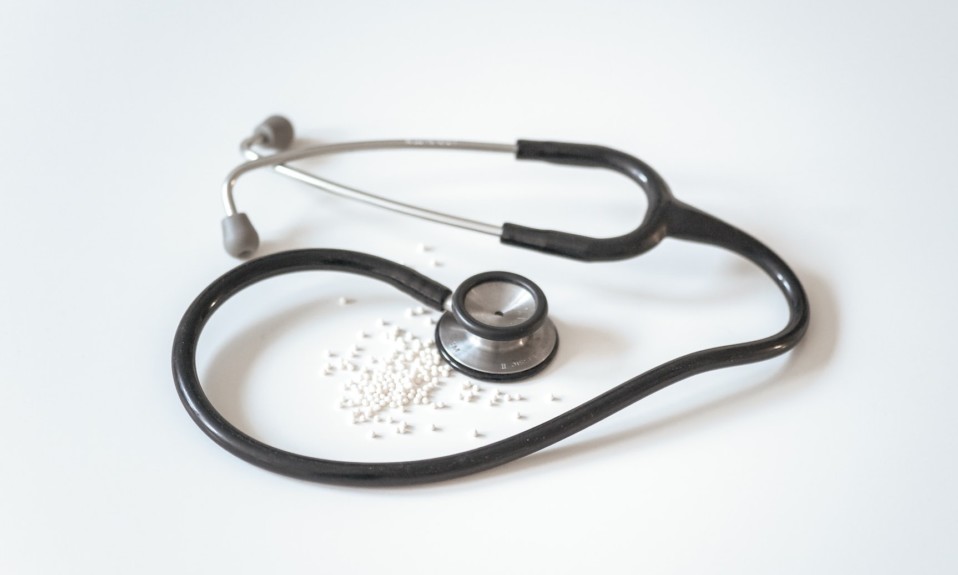Plus: More drinking leads to more smoking, and physicians and addiction
By William Wagner
Binge drinkers, beware. That’s the message from University of Texas at Austin researchers who studied the corrosive effects of binge drinking. Also of note this week are new findings on the link between drinking and smoking as well as new statistics on physicians whose careers are impacted by substance use disorder (SUD).
From the American Journal of Preventive Medicine:
New Research on Binge Drinking
Even if you don’t do it often, binge drinking (defined as consuming five or more drinks in one sitting) can have serious consequences. Scientists from the University at Texas at Austin go so far as to call it a public health concern. “Much binge drinking among adults escapes public health scrutiny, because it occurs among individuals who drink at a moderate, average level,” says Charles Holahan, PhD, co-author of a newly published paper on binge drinking in the American Journal of Preventative Medicine. “These findings point to a need for alcohol interventions targeting moderate, average-level drinkers in addition to conventional strategies focusing on the higher risk but smaller population of habitually high-level drinkers.”
“In both scientific and media discussions of moderate drinking, the pattern of drinking is generally overlooked.”
—Rudolf Moos, University of Texas at Austin
Holahan and his colleagues studied data from 1,229 adult drinkers (age 30 or older) over a nine-year period and identified a troublesome pattern. Even if their total alcohol intake averaged out to that of a moderate drinker (defined as one drink per day among women and two among men), the bingers were almost five times more likely than non-binging moderate drinkers to develop consequential problems, such as dependency on booze and psychological maladies. Says study co-author Rudolf Moos, PhD, “In both scientific and media discussions of moderate drinking, the pattern of drinking is generally overlooked. This leaves many drinkers mistakenly assuming that a moderate average level of consumption is safe, regardless of drinking pattern.”
From The Lancet Regional Health—Europe:
Heavy Drinking Equals Heavy Smoking
Researchers from University College London say that “heavy drinkers” in England are four times more likely to smoke than the country’s general population (58% vs. 15%). To arrive at their numbers, they studied survey responses from about 145,000 people from 2014 to 2021. Claire Garnett, PhD, lead author of the study, says, “Tobacco and alcohol are the two most commonly used substances in England, yet we have relatively little evidence about how they are used together. Our study is the first to demonstrate the scale of their co-use.”

The research shines even more light on tobacco consumption and can be useful in developing strategies to curb it. “When smokers are treated for a drug or alcohol dependency, their smoking habit is often overlooked and they are more likely to miss out on support to quit,” says Sharon Cox, PhD, the study’s senior author. “But smoking is no less dangerous to people who are using another substance. What’s more, there is often a strong behavioral connection—the smoking and drinking often happen in tandem—so it may be more effective to treat the two issues together.”
From JAMA Network:
Physicians and Addiction
Sometimes the people whose job it is to heal us need to be healed themselves. Gleaning their information from the U.S. government-operated National Practitioner Databank, researchers led by Lisa Rotenstein from Brigham and Women’s Hospital in Boston determined that SUD played a pronounced role in actions taken against the licenses of U.S. physicians from 2004 to 2020. According to their findings, 76.3% of actions were linked to substance use, 12.2% to physical impairment and 11.5% to psychological impairment.
The good news is that the frequency of actions related to substance use during this period dropped from 5.6 to 1.6 per 10,000 physicians. The authors write that this is because “[i]increased awareness of these issues has spurred efforts to support physicians.”
Top photo: Shutterstock














